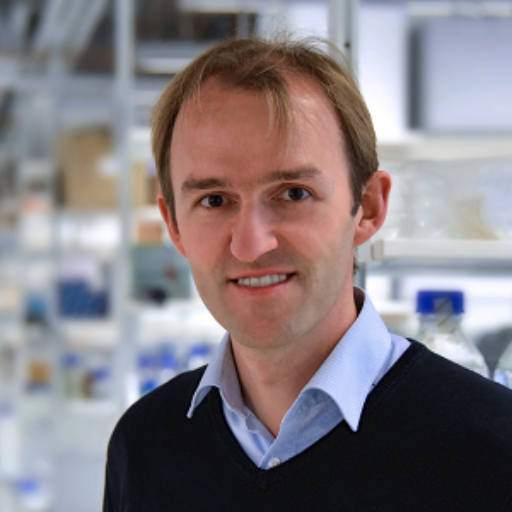A Human Brain-in-a-Dish Model to Investigate Disease Mechanisms of FTD

Principal Investigator
Dominik Paquet, PhD
Hospital of the Ludwig Maximilian Universität München
Munich, Germany
About the Research Project
Program
Award Type
Standard
Award Amount
$300,000
Active Dates
July 01, 2022 - June 30, 2025
Grant ID
A2022045S
Goals
We aim to develop a human brain tissue model that recapitulates central pathologies of Frontotemporal dementia and allows investigating human-specific disease mechanisms.
Summary
1. We will use CRISPR to introduce synergistic Tau mutations into stem cells, differentiate into human brain cells, and culture them as 2- and 3-dimensional brain tissue models. 2. We will characterize pathology with a focus on Tauopathy. 3. We will investigate disease-related changes in brain tissue models to understand effects of pathology on neurons, and influences of Tau splicing, non-neuronal brain cell types, or genetic risk factors on pathogenesis. We will also develop a chimeric human/mouse in vivo model and set up assays for drug discovery.
Our human brain tissue model will allow investigating human-specific disease mechanism, which is hardly possible in mouse models.Unlike mouse and existing stem cell models, our model recapitulates adult Tau splicing, which plays a central role in pathogenesis. Preliminary data show that our model is the first to reproducibly show misfolding, seed production and aggregation of endogenous Tau without artificial modifications, such as overexpression. Our model will provide novel insights into human-specific disease mechanisms, and – as it recapitulates typical late-stage phenotypes, such as seed formation, Tau misfolding and aggregation – allow new drug discovery approaches.
Unique and Innovative
1. Our human brain tissue model will allow investigating human-specific disease mechanism, which is hardly possible in mouse models.
2. Unlike mouse and existing stem cell models, our model recapitulates adult Tau splicing, which plays a central role in pathogenesis.
3. Preliminary data show that our model is the first to reproducibly show misfolding, seed production and aggregation of endogenous Tau without artificial modifications, such as overexpression.
Foreseeable Benefits
Our model will provide novel insights into human-specific disease mechanisms, and – as it recapitulates typical late-stage phenotypes, such as seed formation, Tau misfolding and aggregation – allow new drug discovery approaches.
Grants
Related Grants
Alzheimer's Disease Research
Mitochondrial Prodrug to Treat Repeated Mild Traumatic Brain Injury
Active Dates
September 08, 2021 - December 31, 2023

Principal Investigator
Patrick Sullivan, PhD
Mitochondrial Prodrug to Treat Repeated Mild Traumatic Brain Injury
Active Dates
September 08, 2021 - December 31, 2023

Principal Investigator
Patrick Sullivan, PhD
Alzheimer's Disease Research
Dissemination of MIND at Home Dementia Care Model to Drive Health Care Transformation and Greater Value
Active Dates
July 01, 2020 - June 30, 2024

Principal Investigator
Quincy Samus, PhD, MS
Dissemination of MIND at Home Dementia Care Model to Drive Health Care Transformation and Greater Value
Active Dates
July 01, 2020 - June 30, 2024

Principal Investigator
Quincy Samus, PhD, MS
Alzheimer's Disease Research
Development of Synthetic Gene Feedback Circuits to Prevent Tau Aggregation
Active Dates
February 01, 2020 - January 31, 2024

Principal Investigator
Benjamin Wolozin, MD, PhD
Development of Synthetic Gene Feedback Circuits to Prevent Tau Aggregation
Active Dates
February 01, 2020 - January 31, 2024

Principal Investigator
Benjamin Wolozin, MD, PhD



